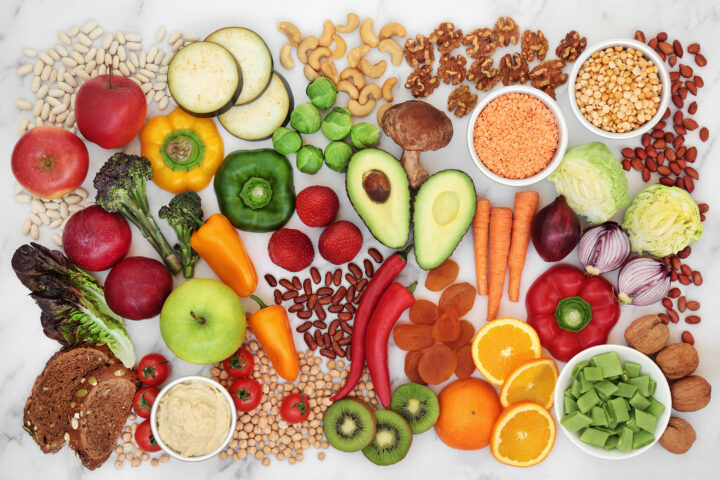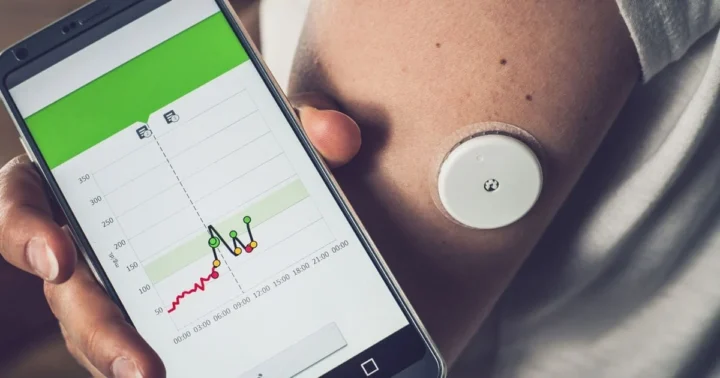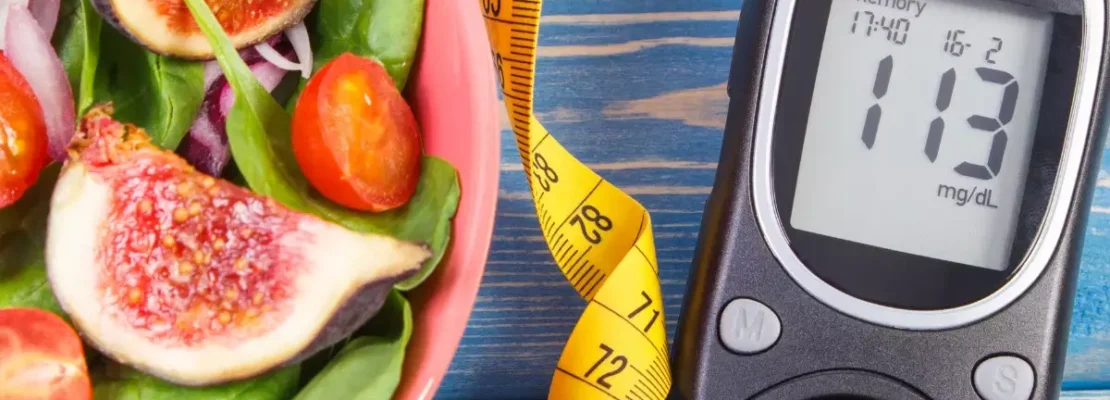Type 2 diabetes is a chronic condition that affects the way the body processes sugar. People with type 2 diabetes are unable to produce enough insulin or are unable to use insulin effectively, leading to elevated blood sugar levels. This can lead to a range of health problems, including heart disease, nerve damage, and kidney disease.
Controlling blood sugar levels is a critical component of managing type 2 diabetes, and there are several strategies you can use to help keep your blood sugar under control. In this blog post, we’ll outline three tips for controlling blood sugar levels while living with type 2 diabetes, and provide information on how to find a lower Jardiance price.
If you have type 2 diabetes, keeping your blood sugar under control is essential to managing the disease. There are a number of ways to do this, and each person may find that different methods work best for them. Here are some tips on how to keep your blood sugar levels in check.
1. Maintain a Healthy Diet

One of the most effective ways to control blood sugar levels is through diet. Eating a diet that is high in fiber, low in sugar, and balanced in terms of carbohydrates, protein, and fat can help keep your blood sugar levels in check. This means focusing on whole grains, vegetables, and lean proteins, and limiting your intake of processed foods, sugary drinks, and saturated fats.
Additionally, eating regularly scheduled meals and snacks can also help regulate blood sugar levels. Rather than skipping meals or waiting too long between meals, aim to eat at least every 4 hours to keep your blood sugar levels steady.
2. Get Regular Physical Activity
Physical activity is another important component of controlling blood sugar levels. Exercise helps lower blood sugar levels by increasing insulin sensitivity and promoting glucose uptake into the cells. Aim to get at least 30 minutes of moderate-intensity exercise most days of the week. This can include activities like brisk walking, cycling, or swimming.
If you’re new to exercise or haven’t been active in a while, it’s important to start slow and gradually increase the intensity and duration of your activity. Talk to your doctor about the best type of exercise for you and any precautions you may need to take based on your individual health conditions.
3. Take Your Medications as Prescribed

For many people with type 2 diabetes, taking medications as prescribed is an important part of controlling blood sugar levels. Medications such as metformin, sulfonylureas, and thiazolidinediones can help regulate insulin production and sensitivity, and lower blood sugar levels.
Jardiance is a medication that can also help control blood sugar levels in people with type 2 diabetes. Jardiance works by increasing glucose removal from the blood and has been shown to lower A1C levels, reduce the risk of cardiovascular events, and improve kidney function.
If you’re taking Jardiance, it’s important to take it as prescribed and to talk to your doctor about any concerns or side effects you may be experiencing. Additionally, if you’re struggling with the cost of Jardiance, there are several options available to help you find a lower Jardiance price.
One option is to talk to your doctor about generic options for Jardiance. Another option is to ask about patient assistance programs, which can help lower the cost of your medications for those who are uninsured or underinsured. You can also check online for Jardiance coupons and discount programs, which may be available from the manufacturer or from other sources.
4. Type 2 Diabetes Alters Sugar Processing in Your Body
Type 2 diabetes is a metabolism disorder that occurs when the body is unable to adequately process sugar from the bloodstream into cells. This can be caused by either not enough insulin being produced, or the cells not responding correctly to the insulin. Genetics, certain health conditions, and lifestyle choices are all factors in developing type 2 diabetes.
Symptoms include increased thirst and urination, exhaustion, unexplained weight loss, slow healing sores, numbness in feet and hands, and more. It is important to take proactive steps towards managing type 2 diabetes by staying active and maintaining a healthy diet that doesn’t drastically spike blood sugar levels. Regular check-ups with your doctor will also help monitor your condition and manage any potential health issues that may arise.
5. Monitor Glucose and Choose Healthily to Control Blood Sugar

You can take control of your blood sugar by incorporating some healthy habits into your routine. Eating a balanced diet with whole grains, lean protein, and lots of vegetables is a great place to start.
Furthermore, monitoring your glucose levels on a regular basis will help you determine how certain types of food affect your body. Finally, regular exercise helps the body better utilize insulin and glucose, which can aid in controlling blood sugar levels. Altogether, healthy dietary choices and careful tracking can make a big difference when it comes to managing diabetes or any other health condition related to uncontrolled blood sugar.
6. Manage Type 2 Diabetes With a Balanced Diet, Exercise, and Meds
Eating a balanced diet, getting regular exercise, and taking the medication your doctor prescribes can be key to managing type 2 diabetes. Making some dietary changes may lower your blood sugar levels, reduce cholesterol, and help you maintain a healthy weight.
Eating complex carbohydrates instead of simple carbs (e.g. white bread, cookies, or candy) found in many processed foods can provide more sustained energy throughout the day. And make sure you get enough protein from healthier sources than red meat.
Along with this, it’s important to schedule regular physical activity; 150 minutes per week for adults is the target for optimal health benefits. Aim for 30 minutes of moderate activity over 5 days of the week to reach this goal – such as taking walks outside since most people with diabetes should avoid engaging in strenuous activities that illnesses put extra strain on their bodies.
Taking your medications on time and as prescribed are also important for keeping levels in check and ensuring that symptoms remain under control. With these steps together you’ll be living life one healthy decision at a time!




